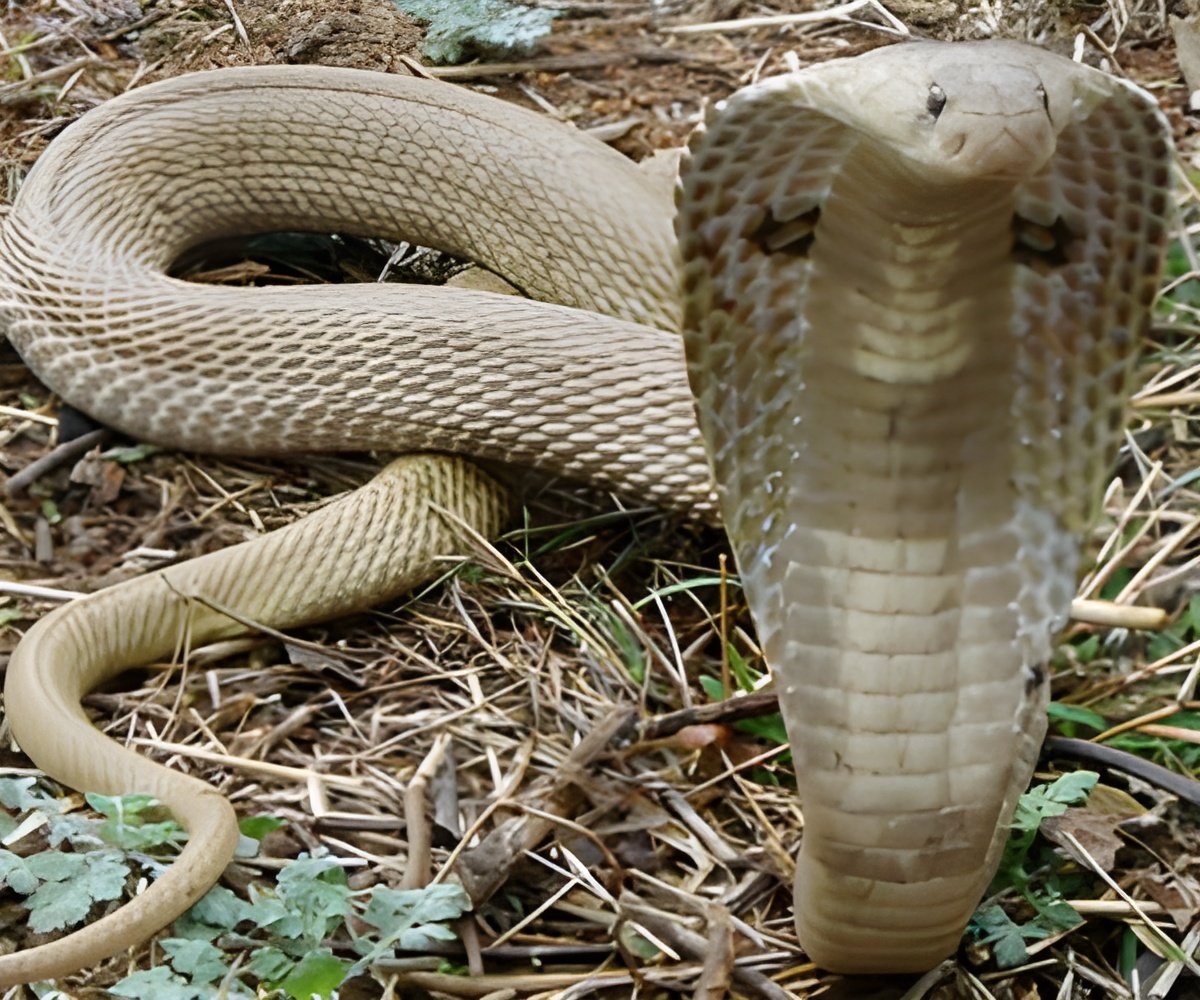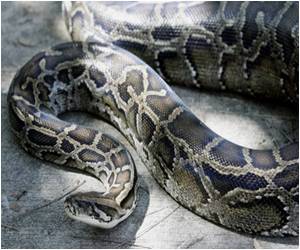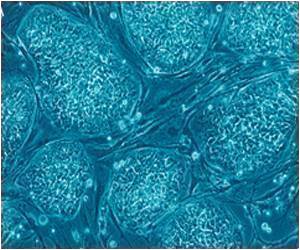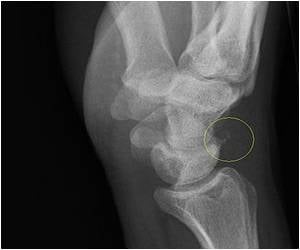An international team of biologists say that the Burmese python's ability to ramp up its metabolism and enlarge its organs to swallow and digest prey whole can be traced to unusually rapid evolution and specialized adaptations of its genes and the way they work.

Because snakes contain many of the same genes as other vertebrates, studying how these genes have evolved to produce such extreme and unique characteristics in snakes can eventually help explain how these genes function, including how they enable extreme feats of organ remodeling. Such knowledge may eventually be used to treat human diseases.
"One of the fundamental questions of evolutionary biology is how vertebrates with all the same genes display such vastly different characteristics. The Burmese python is a great way to study that because it is so extreme," Castoe, who began working on the python project as a postdoctoral fellow at the University of Colorado School of Medicine in the laboratory of associate professor and paper corresponding author David D. Pollock.
Castoe said: "We'd like to know how the snake uses genes we all have to do things that no other vertebrates can do."
The new python study calls into question previous theories that major obvious physical differences among species are caused primarily by changes in gene expression. Instead, it contends that protein adaptation, gene expression and changes in the structure of the organization of the genome itself are all at work together in determining the unusual characteristics that define snakes, and possibly other vertebrates.
Pollock said the python and king cobra studies represent a significant addition to the field of "comparative systems genomics – the evolutionary analysis of multiple vertebrate genomes to understand how entire systems of interacting genes can evolve from the molecules on up."
Advertisement
The Burmese python's phenotype, or physical characteristics, represents one of the most extreme examples of evolutionary adaptation, the authors said. Like all snakes, its evolutionary origin included reduction in function of one lung and the elongation of its mid-section, skeleton and organs. It also has an extraordinary ability for what researchers call "physiological remodeling."
Advertisement
"The Burmese python has an amazing physiology. With its genome in hand, we can now explore the many untapped molecular mechanisms it uses to dramatically increase metabolic rate, to shut down acid production, to improve intestinal function, and to rapidly increase the size of its heart, intestine, pancreas, liver, and kidneys," said Stephen Secor, associate professor of biological sciences at the University of Alabama and a co-author on the paper. 'The benefits of these discoveries transcends to the treatment of metabolic diseases, ulcers, intestinal malabsorption, Crohn's disease, cardiac hypertrophy and the loss of organ performance."
To complete their work, the research team aligned 7,442 genes from the python and cobra with genes sequences available in the Ensembl Genome Browser from other amphibians, reptile, bird and mammals. They used a statistical method called "branch site codon modeling" to look for genes that had been positively selected (or evolutionarily changed due to natural selection) in the python, the cobra, and early in snake evolution in the common ancestor of these two snakes. They found changes in hundreds of genes. They believe the results demonstrate that natural selection-driven changes in many genes that encode proteins contributed substantially to the unique characteristics of snakes.
Analyses showed a remarkable correspondence between the function of the selected genes, and the many functionally unique aspects of snake biology – such as their unique metabolism, spine and skull shape and cell cycle regulation, Castoe said. Many of the altered genes the team observed also have prominent medical significance. For example, the python genome showed some changes to the gene GAB1, which other research suggests plays a role in breast cancer, melanomas and childhood leukemia.
In addition to changes to individual genes and their expression, researchers also found that the extreme characteristics in snakes could also be linked to duplications or losses in multigene families. Some of those include ancient loss and more recent re-evolution of high resolution vision, and their ability to detect chemical cues from the environment. Researchers also observed that, while most assume that reptile genes and genomes change at a very slow rate, snake genomes evolve at one of the fastest rates of any vertebrate.
Source-Eurekalert










